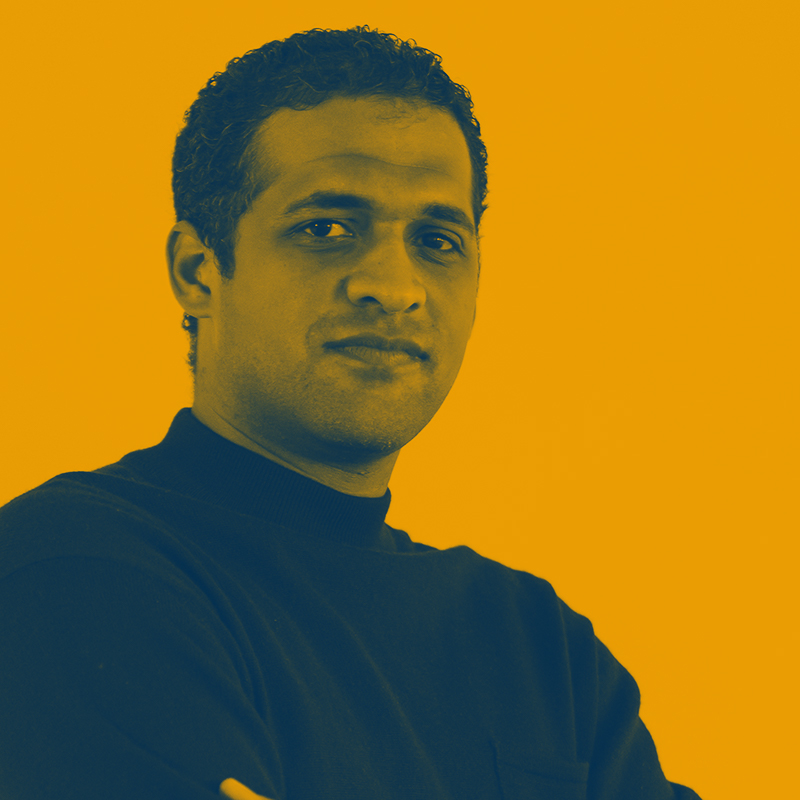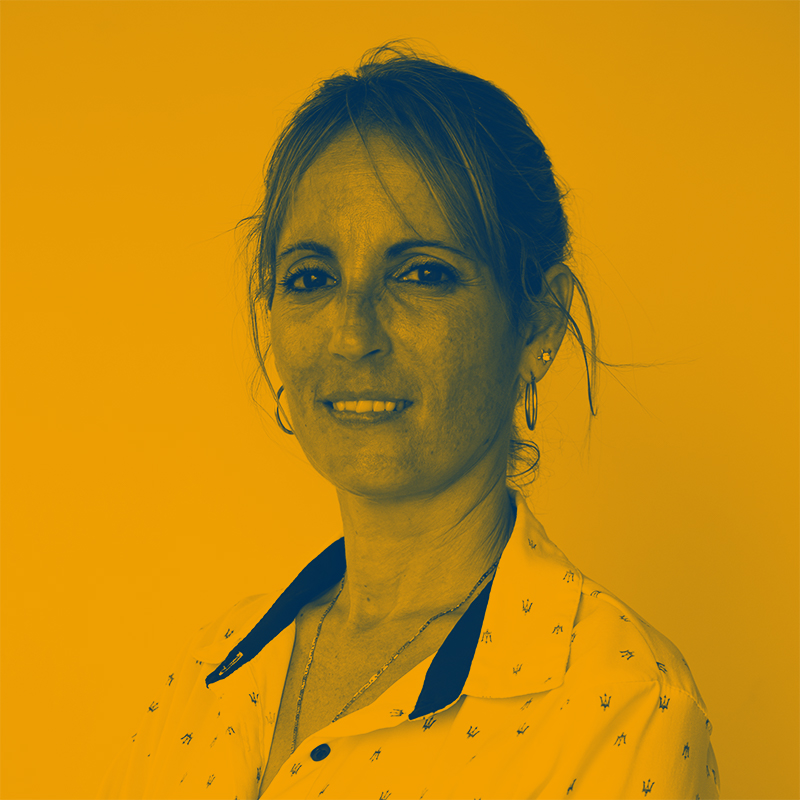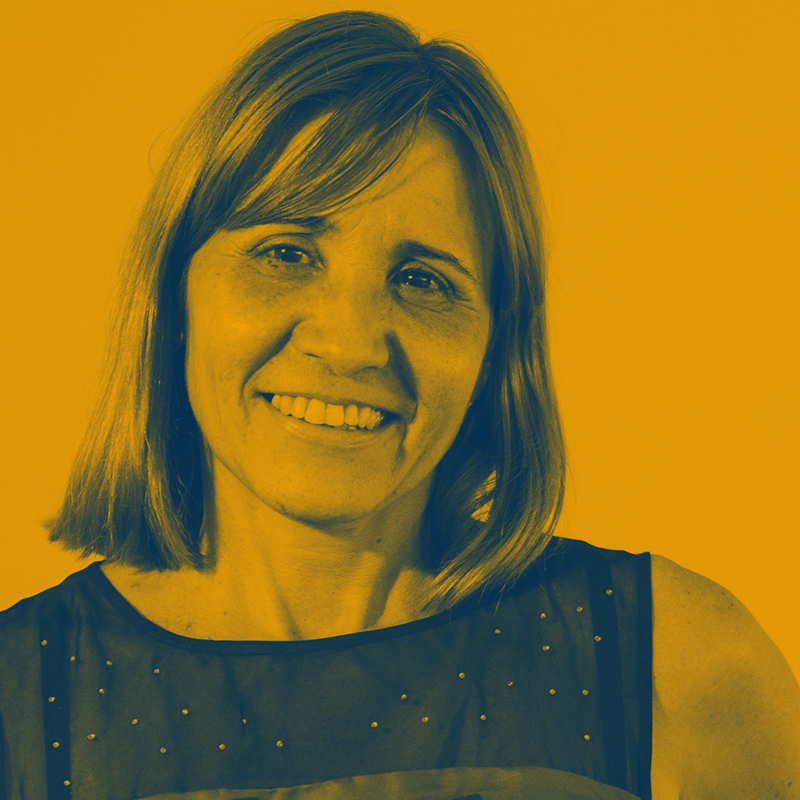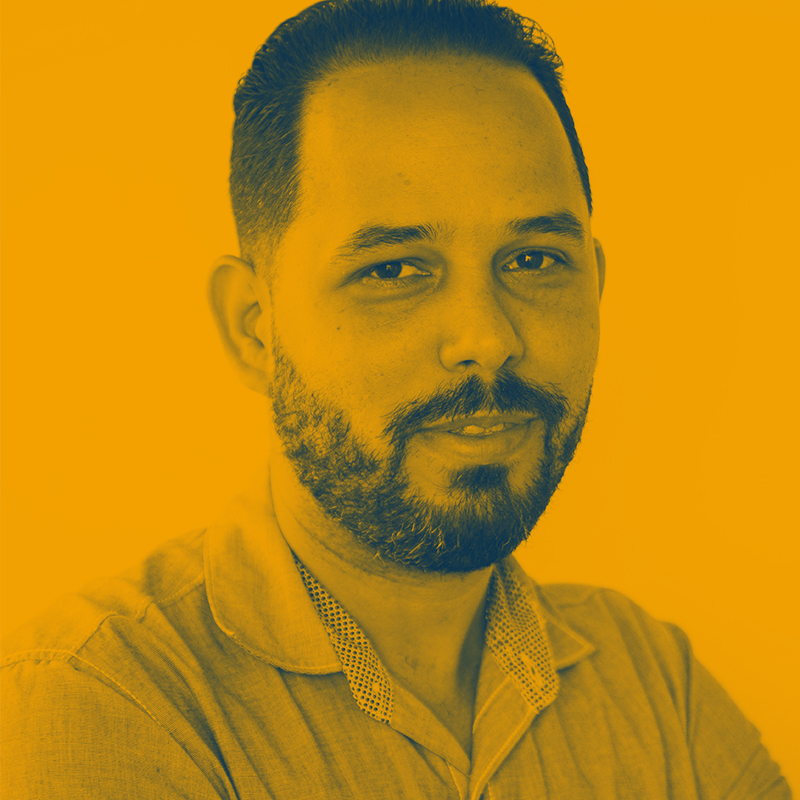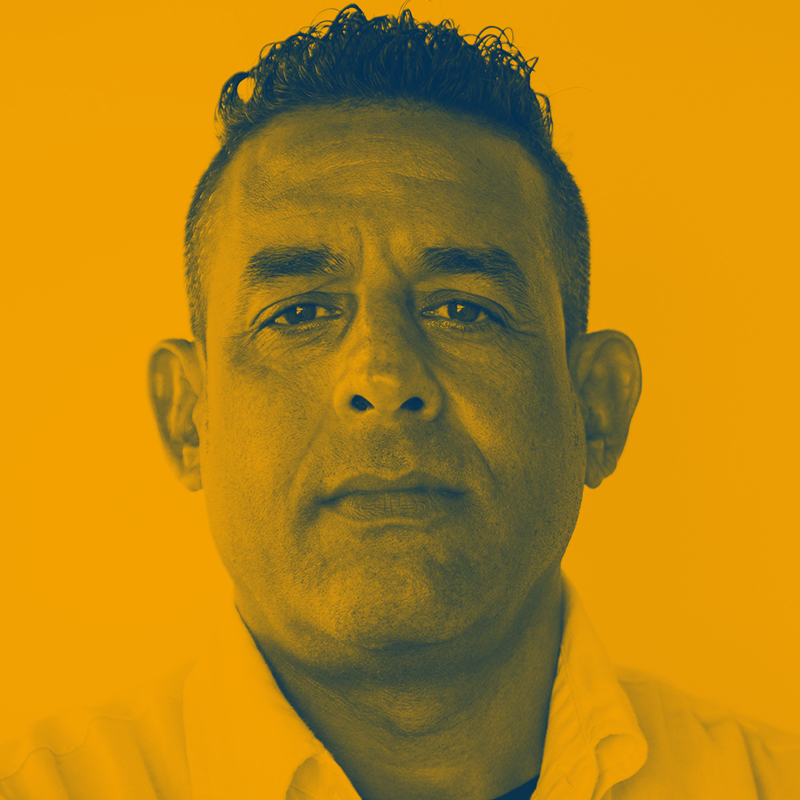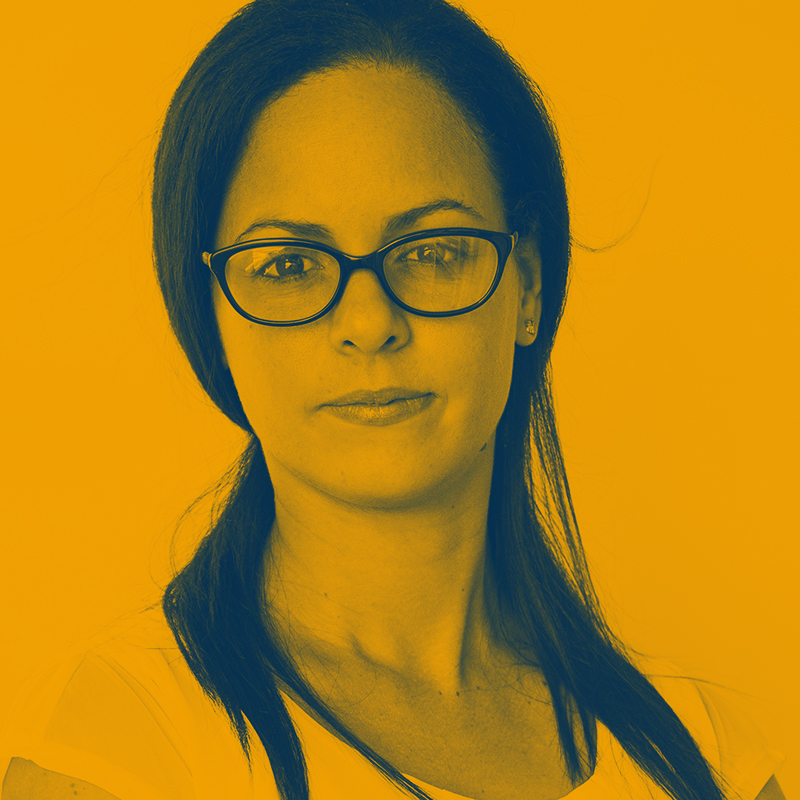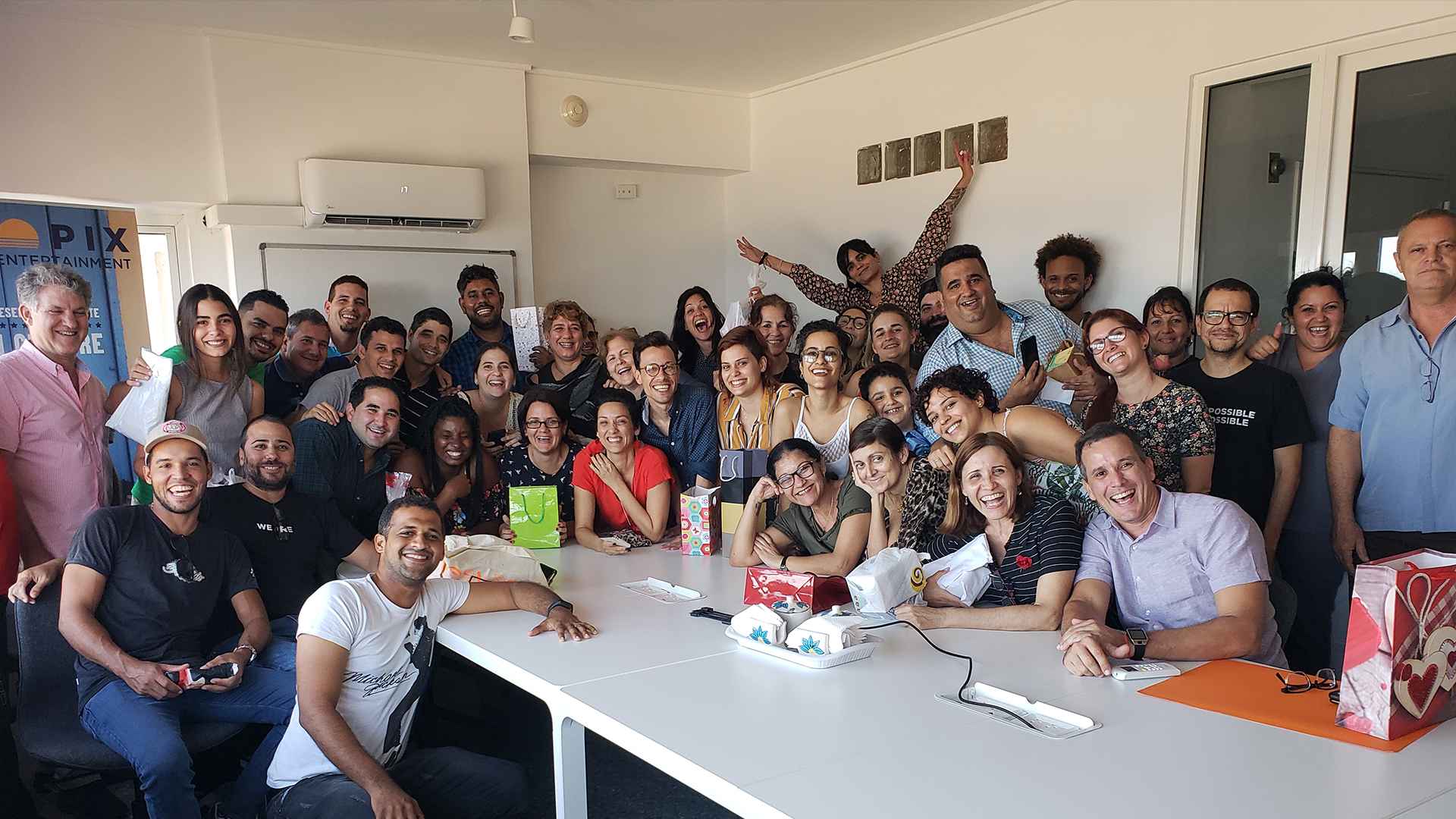Digitalization Center
In 2020, we completed the installation of the first phase of our new state-of-the-art Digitalization Center of Excellence in Havana, Cuba. We also completed the recruitment and training of our highly- skilled work force of over 60 employees, including software engineers, systems analysts, technicians, operators, metadata specialists, quality control personnel, supervisors and general management. During this first phase, we expect to be able to digitalize over 1,500 hours of archival material per week (6,000 hours per month). In the second phase, we will install the remaining digitalization equipment that we have purchased and currently have in storage pending the availability of additional space. When installation is completed, we would expect to be able to digitalize over 3,000 hours of archival material per week (12,000 hours per month).
Our Digitalization Center features a wide range of high-quality vintage machines so that we can playback a client’s analog content regardless of the format, i.e. VHS or Betamax formats, vinyl records, etc. We have also developed and tested our own proprietary software and systems to perform the accessioning functions, automate the entire digitalization work flow process, and store, search and retrieve digital content from our proprietary Media Asset Management System that includes a metadata module customized for Cuba and Cuban content.
Our Digitalization Center of Excellence is located at Calle 12 #316, e/ 3ra y 5ta, Playa, Havana.
Large-scale Digitalization is essentially an industrial process that seeks to transform a physical content asset into identifiable, searchable, accessible and, if so desired, commercializable content stored in digital form. The following are the five major steps in our Digitalization Process.
five key Steps in the Digitalization Process

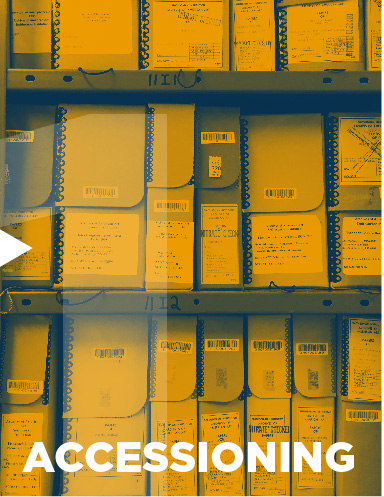

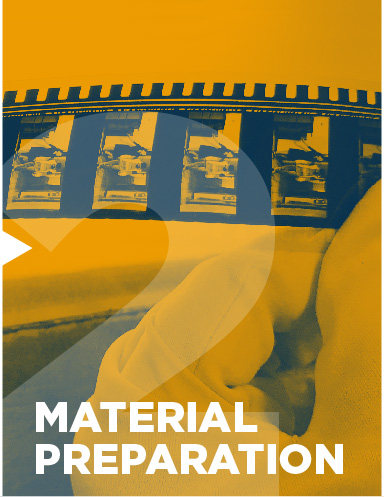





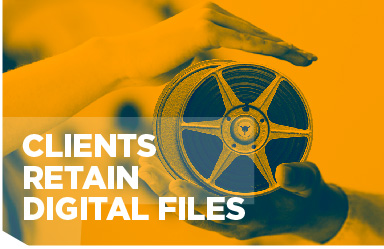
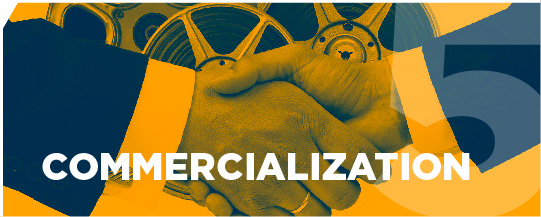
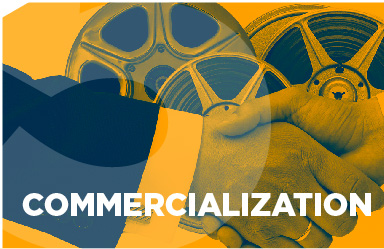
ACCESSIONING

Our process starts by conducting an inventory of the physical assets to be digitized and a detailed evaluation of the condition of each asset using over 35 areas of criteria. This process includes photographing the physical assets and their containers and recording all written information associated with that asset. At the end of the process a unique barcode is affixed to the asset and its container and all information and data are stored in Tropix’s proprietary AMS+ DATABASE System. The fact that the barcode is unique, makes it possible to trace all of the processes which the asset goes through, allowing us to know and show our clients the current state of the assets at any given moment.
Through accessioning, we are able to gain a preview of the type and condition of each asset before it arrives at the Digitalization Center. In that way, we can efficiently determine how each asset needs to be remediated prior to digitalization.
ARCHIVAL MATERIAL PREPARATION

Each physical archival asset that arrives at the Digitalization Center must be specially prepared or treated prior to digitization so as to ensure the best possible outcome of the digitization process. In many cases, our work may require using special solvents to remove mold or baking the asset in a specialized oven for multiple days in order to separate a roll of audio or video tape that has become fused, also known as “vinegar syndrome.” Preparation might also include repairing damaged or broken tapes, reducing scratches on phonograph records, removing spots on old photographs and much more.
DIGITIZATION

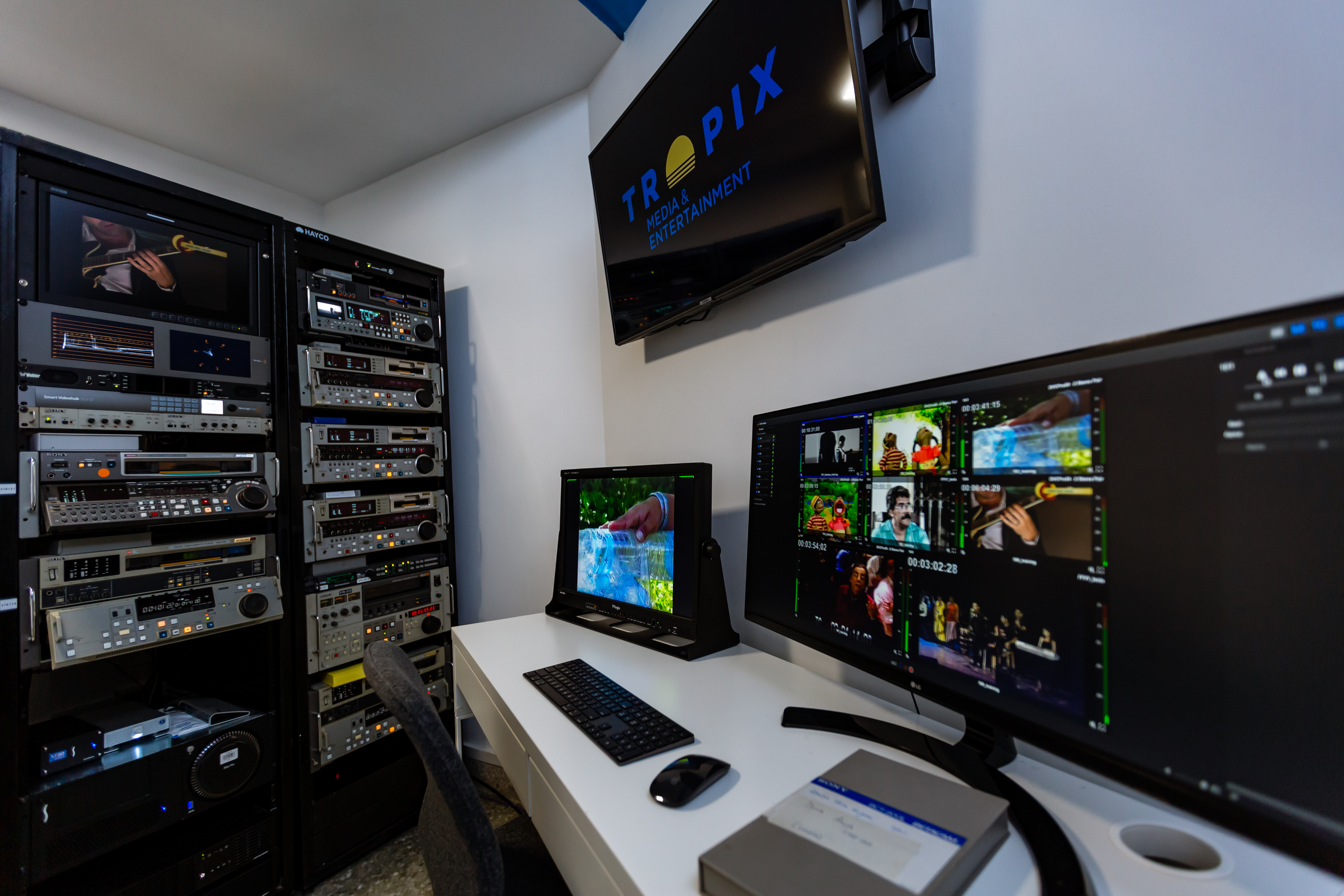
Digitization is the process of converting analog wave forms to digital signals that can be read and processed by computers. In order to digitize a physical asset, like a videotape or a phonograph record that produces sound and images through analog waves, you first need to start with a vintage machine that can playback the content stored on an analog medium. For example, to digitize a song from a record you need to have a record player that can play records recorded at 78, 33 or 45 rpms. The problem is that these vintage machines are obsolete and hard to find in good working condition and of a quality suitable for the digitization process. We at TropixMedia are proud of having painstakingly acquired hundreds of these vintage machines in all of their different formats so that we can playback the widest variety of analog content that Cuba has produced over the years.
Once we can get clear clean wave forms from the vintage machine, those waves go into a high-resolution digital converter that transforms the analog waves into a digital signal stored in a digital file. At this point the content has been digitized. The specialists carry out Quality Control tests to ensure that the resulting digital file complies with the quality standards established by the Center and is a faithful copy of the original analog content.
METADATA ENTRY

The digitized files are then sent to our searchable media storage database, known as a Media Asset Manager (MAM), where trained metadata specialists view the content in real time and create a synopsis of the content adding as many descriptive keywords and identifiers as possible to enable different kinds of researchers to find that particular content in a search. In our customized metadata module we have created a variety of tools and shortcuts to enable our metadata specialists to efficiently apply key words to content, such as location data, potential items of interest that might be missed, and prompts to relate content to emotional cues or contemporaneous historic events.
Carefully prepared Metadata thoroughly checked by our Metadata Quality Control Specialists prevents valuable digitized archival material from being lost forever in some massive media storage database because of misspellings or the failure to include certain keywords in the digital files.
Once the Metadata has been attached to the new digital file, the file is complete. At this stage the client has multiple options available such as identification of content, management of content, and retractability and tracking use of content.
CLIENT RETAINS FILES
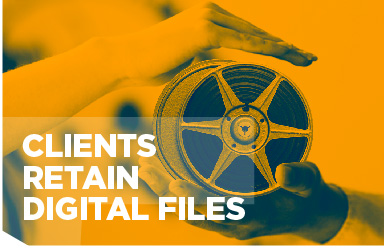
If the client selects this option, TropixMedia will arrange to return all of the client’s original archival material, together with the corresponding digital files containing the newly digitalized content enriched with metadata. We can make the digital files available in any format that the client prefers. The client may also select to have a backup copy of the digital file maintained by Tropix in one or more of its long-term digital storage servers.
COMMERCIALIZATION
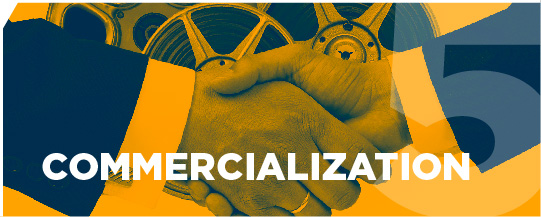
If the client selects this option, TropixMedia will arrange to return all of the client’s original archival material together with the corresponding digital files containing the newly digitalized content enriched with metadata. We can make the digital files available in any format that the client prefers. However, in this case, by prior written agreement with TropixMedia, the client would leave a copy of the digital file in the Tropix Media Asset Management System and specifically authorize TropixMedia to license, sell disseminate or otherwise provide global access to the client’s digitalized content for purposes of generating and sharing with Tropix the net revenues derived from the commercialization of such content.









